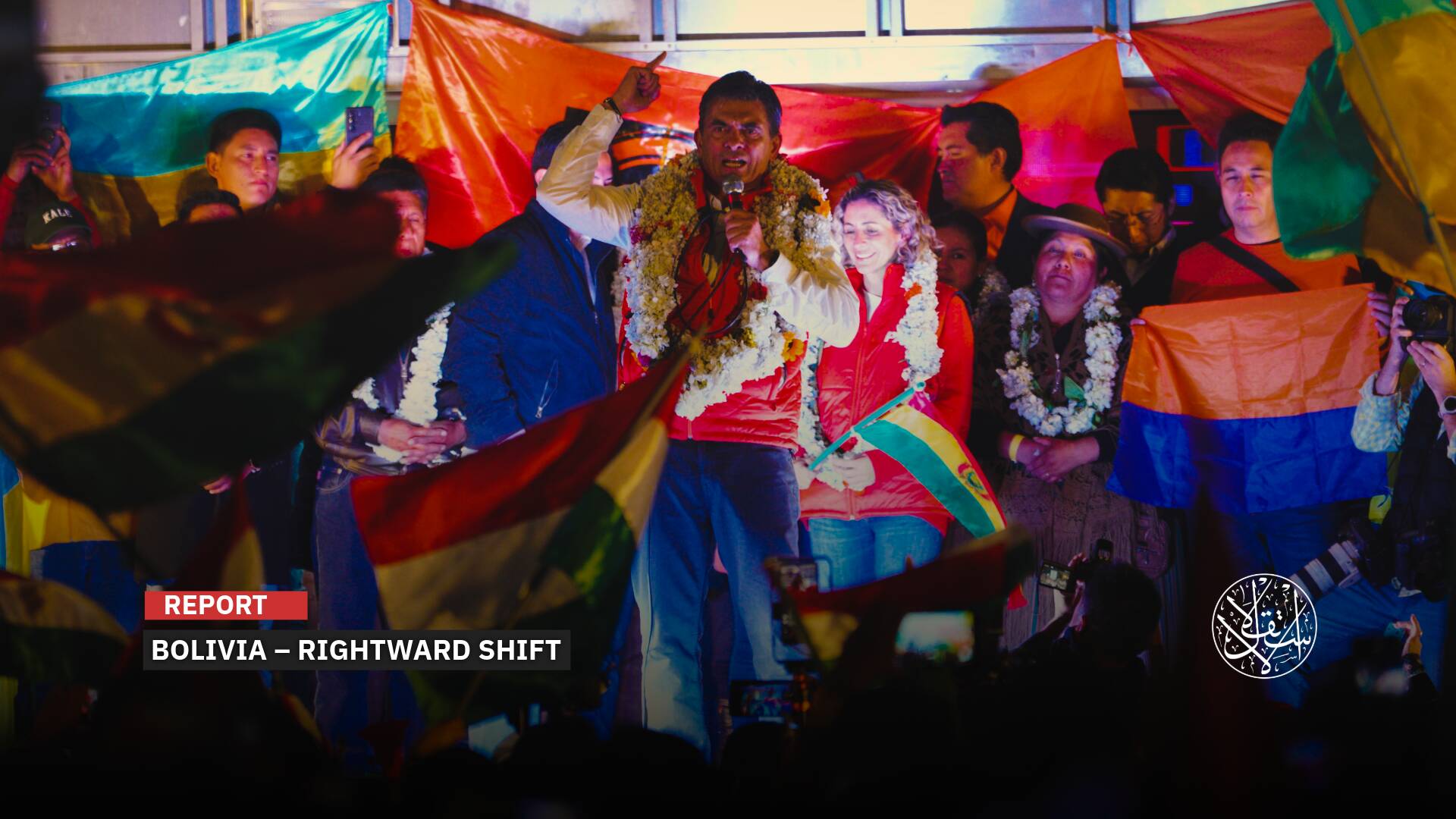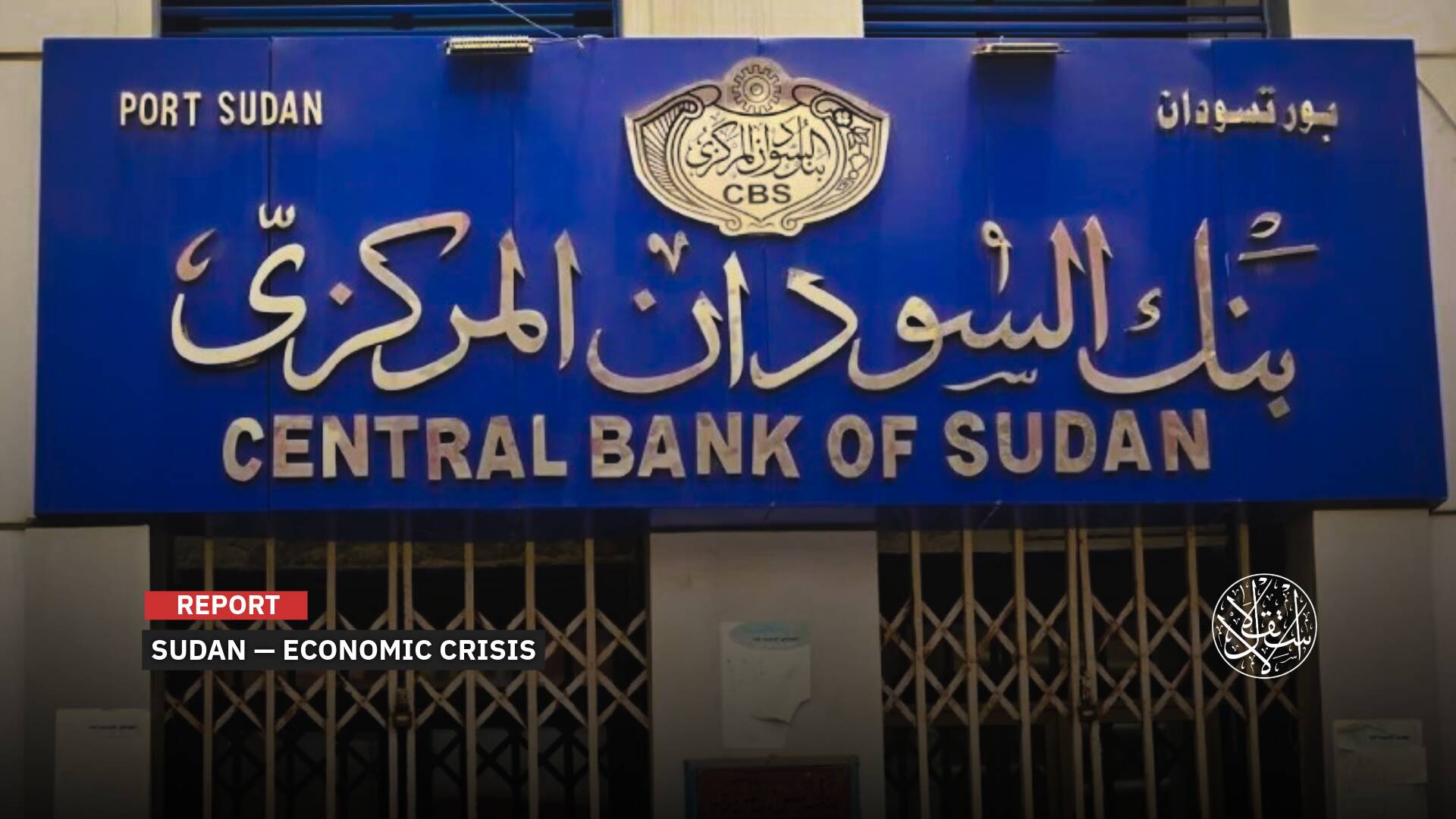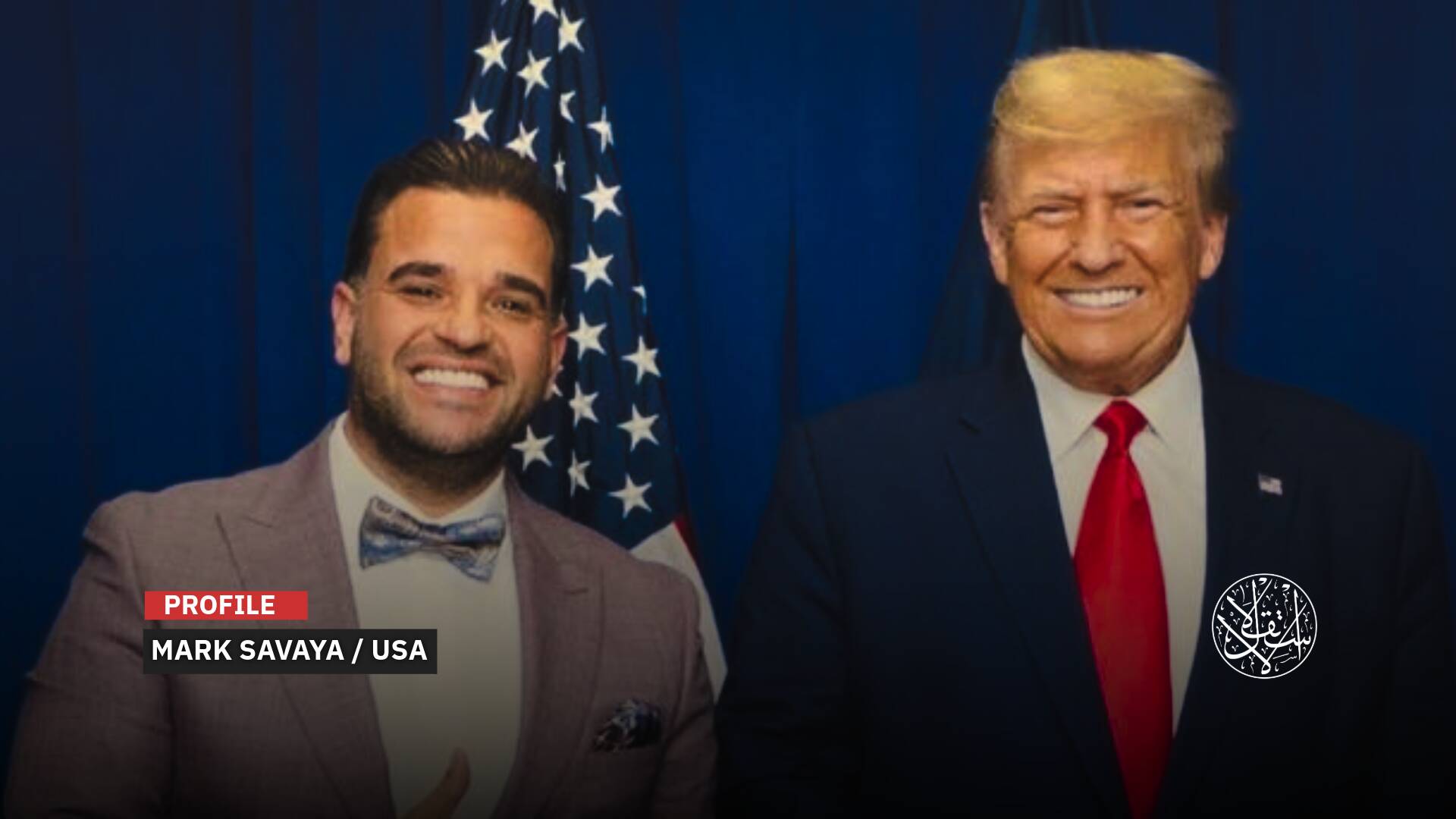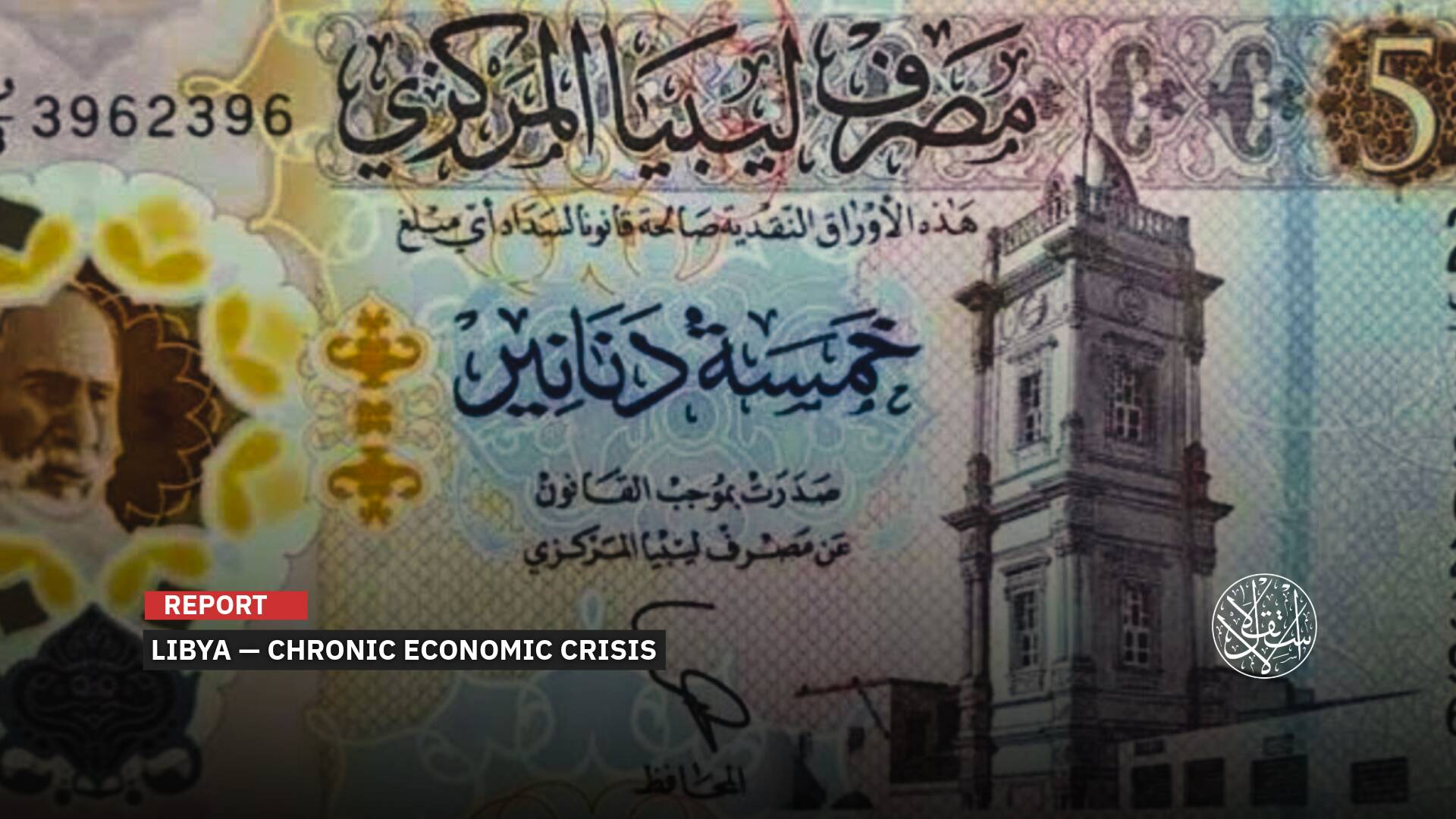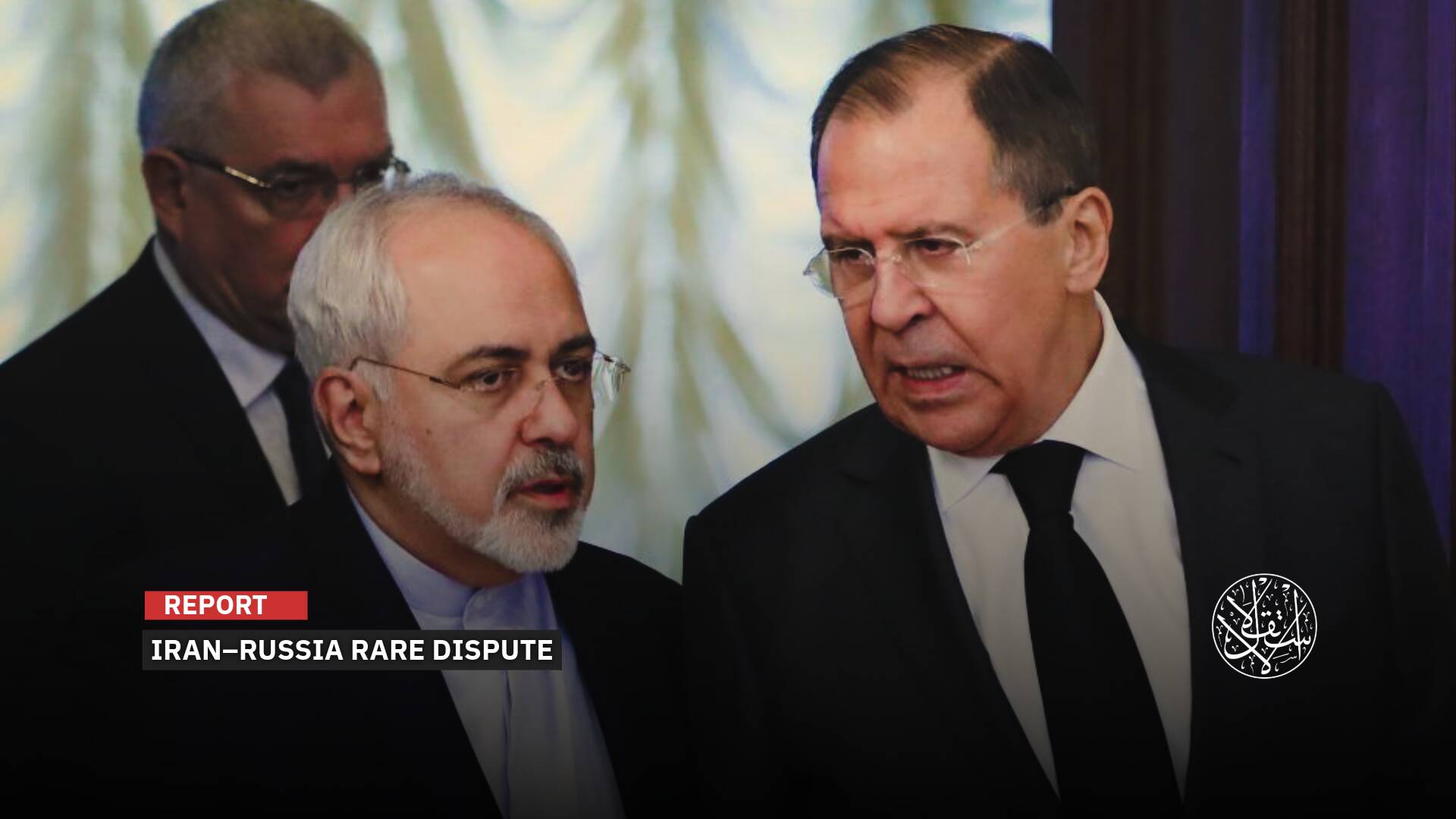Why Are Deepfakes Spreading in India?

In a troubling trend emerging from India, the sophistication of financial scams has taken a turning point with the aid of artificial intelligence and deepfake technology.
In a troubling trend emerging from India, the sophistication of financial scams has taken a turning point with the aid of artificial intelligence.
The Bombay Stock Exchange was compelled to take legal action after a doctored video featuring an AI-generated avatar of its Managing Director, Sundararaman Ramamurthy, was disseminated across social media platforms.
This avatar, a digital counterfeit, was seen dispensing investment advice, a stark deviation from the truth.
Disinformation Phenomenon
The phenomenon of disinformation, a staple in political arenas, has found a new breeding ground in the financial sector, coinciding with a remarkable surge in the number of individual investors.
The culprit behind this spread is deepfake technology, a form of advanced digital impersonation that manifests as videos so convincing they’re sold for a mere 8 rupees — about 9 euro cents — apiece.
These deepfakes serve as digital shills, leveraging the inherent trust in familiar faces to peddle advice to inexperienced stock market enthusiasts on social networks.
Notably, avatars of prominent Indian executives, such as Ratan Tata, the esteemed former head of Tata Group, have been exploited.
In one instance, a fabricated video of Tata endorses “Laila Rao,” a purported finance guru, who, in reality, dispenses her “wisdom” clad in a bathrobe, against a backdrop emblazoned with the word “finance” and flanked by emotive heart icons.
Such self-proclaimed experts, dubbed “finfluencers,” often lack credibility yet flaunt their purported wealth on platforms like YouTube as evidence of their financial acumen, complete with commentary on intricate market charts.
Regulators, the watchdogs of the Indian stock market, are in a constant battle, shutting down the accounts of these charlatans who charge exorbitant fees for their sham advice, some amassing followings in the hundreds of thousands.
This alarming use of deepfake technology in financial deception underscores a growing challenge in India: the creation of fraudulent videos of well-known figures designed to swindle and strip unsuspecting victims of their investments.
The ease of access and proliferation of such technology, as evidenced by the low cost of these videos, has opened a Pandora’s box of potential financial manipulation, exploiting the trust placed in influential figures to guide the investment decisions of social media users.
The case of Ratan Tata’s impersonation to promote the fictitious Laila Rao is a testament to the dangerous potential of these deepfakes in the hands of those intent on deceit.
In the burgeoning stock market scene, a particular breed of influencers has emerged on platforms like YouTube, brandishing their wealth as proof of their investment acumen.
However, many lack credibility, using complex charts and figures to feign expertise.
Indian financial regulators are on the heels of these account holders, who are often labeled as charlatans peddling ineffectual advice to their substantial followings.
The quest for guidance on navigating India’s stock market investments is a reflection of the market’s relative novelty in the nation.
The trend gained traction amid the COVID-19 lockdowns, riding on the back of a robust local economy and sweeping digital transformations that simplified transactions.
By the close of 2023, the Bombay Stock Exchange had ascended to the world’s seventh-largest by market capitalization, outstripping the Hong Kong Stock Exchange with a valuation nearing four trillion dollars.
This surge wasn’t isolated to the bourse; companies across various sectors, including Mankind Pharma, known for its pregnancy tests and contraceptives, and Cello World, a kitchenware producer, also saw unprecedented growth.
Wrapping up its report, the newspaper highlights the rampant financial deception plaguing the nation, with the Reserve Bank of India providing grim statistics.
In its latest May 2023 report, the central bank identified 13,530 entities engaged in fraudulent activities, amounting to a staggering 302.5 billion rupees.
Echoing this sentiment, Forbes India edition released a list spotlighting the largest corporate fraudsters, a sobering reminder of the challenges within the burgeoning economic landscape.

Scam Rise
The rise of deepfakes — synthetic media where a person’s likeness is replaced with someone else’s — threatens to undermine the integrity of the business world.
The CEO’s voice, once a beacon of authenticity, now risks being cloned to deliver fraudulent financial reports. Competitors’ endorsements, once hard-earned, can be counterfeited to siphon away market share.
And sensitive information, the bedrock of corporate trust, stands vulnerable to the whims of manipulated videos.
The phenomenon isn’t confined to the realms of celebrity parodies or social media pranks. It has crept into the corporate domain with alarming subtlety and speed.
A McAfee report from 2023 reveals a startling statistic: nearly half of Indian adults are touched by the shadow of AI voice scams, either directly or through someone they know.
The incident with a Mumbai energy firm in 2022, where a deepfake audio clip falsely announcing a drastic price increase sent shockwaves through the stock market, serves as a stark reminder of the chaos these fabrications can wreak.
The implications stretch far beyond the immediate fallout of public relations nightmares.
A scenario where a deepfake video shows a board member green-lighting illicit transactions, or a doctored interview spills trade secrets to the world is already surfacing on the web.
The avenues for financial malfeasance, cybercrime, and irreparable harm to a company’s reputation are vast and varied.
Research by the Carnegie Endowment for International Peace underscores the urgency of the situation, placing India third worldwide in the prevalence of deepfake videos.
These aren’t just harmless forgeries; they range from distorted interviews and bogus endorsements to acts of digital revenge.
Yet, there is a glimmer of resilience amid the encroaching threat. By adopting a stance of responsible innovation and fortifying their defenses, companies can transform deepfakes from a source of corporate terror into an asset.
Initiatives like comprehensive deepfake awareness programs for employees, the integration of robust authentication measures, and strategic alliances with cybersecurity mavens can erect a bulwark against this digital onslaught.
The trajectory of deepfakes within India’s business milieu is not set in stone. With a commitment to recognizing the dangers, investing in protective measures, and nurturing a vigilant digital culture, Indian enterprises can leverage the dynamism of this technology, ensuring that the distinction between the real and the artificial remains clear and unassailable.




